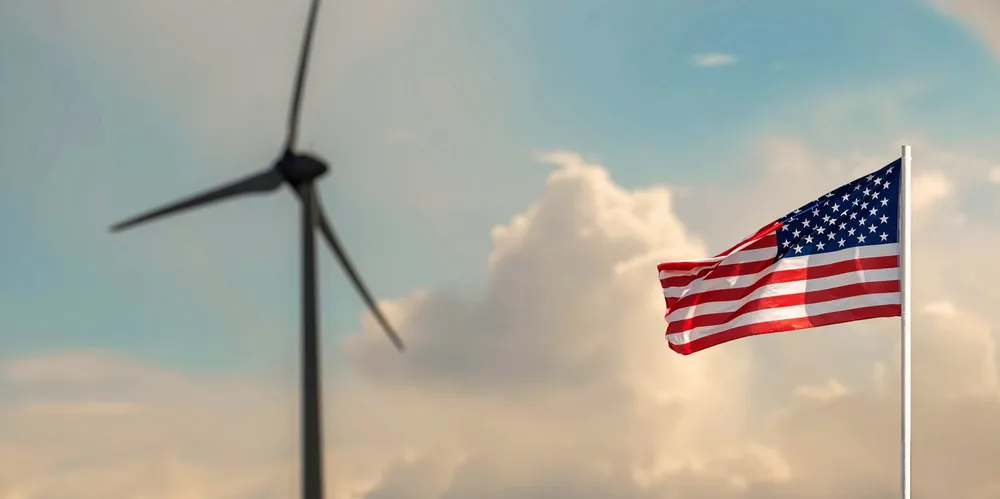Second Trump term puts nation's 2050 net zero at risk: WoodMac
While clean tech legislation would likely survive, consultancy reckons Trump would soften Biden's emissions targets and oversee more oil and gas production

A November election win for former President Donald Trump, combined with a troubled Sino-US relationship and soaring federal budget deficits, would likely push the US even further away from a 2050 net-zero pathway, according to a new report by consultancy Wood Mackenzie.
“This election cycle will really influence the pace of energy investment, both in the next five years and through 2050,” said David Brown, director of WoodMac’s energy transition research.
“Investments in low carbon supply need to be made in the near term to realise longer-dated decarbonisation targets,” he added. “US carbon emissions could grow, putting net zero out of reach in our delayed transition scenario.”
“However, a second Trump presidency would likely issue executive orders that would abandon a 2035 net zero target for the power sector, establish softer emissions goals from the EPA, and issue tax credit regulations that could favour blue hydrogen,” the report said.
Blue hydrogen is produced from natural gas using carbon capture and storage to avoid the emission of greenhouse gases.
As the second-largest greenhouse gas emitter globally behind China, investment in low-carbon supply in the US is key to lowering global emissions in our base case outlook, the report notes.
While investments for technologies that support the energy transition and low carbon technology may decelerate under Trump, the opposite effect might take place for fossil fuels which could see expanded investment and even a delaying of peak demand, according to the report.
In that scenario, fossil fuel demand would peak at least 10 years later than WoodMac’s base case and total natural gas demand would rise to be 6bn cubic feet per day higher by 2030, a jump of 6%.
Carbon capture and storage and low-carbon hydrogen would face a slower investment pathway, constrained by policy and cost uncertainty.
With a delayed energy transition scenario, coal would remain the US generation mix longer to help meet a projected 45% jump in power demand from 2030 to 2050. As a result, by 2040, coal generation capacity would be four times higher than the base case, with 104GW on the system versus 180GW now.
Wood Mackenzie’s base case projects about $7.7trn in investment for the US energy sector over 2023-50. However, in the delayed transition scenario in the US, less policy support for things such as low-carbon energy and infrastructure improvements decreases investment for the US energy sector by $1trn compared to the base case.
Other factors that could negatively affect US zero-carbon ambitions include longstanding issues around the US-China relationship such as supply chain and trade, according to the consultancy, which expects Trump would continue “economic nationalism” that defined his first 2017-21 administration.
Brown adds that the US fiscal environment may prove challenging as well, as federal government spending could be limited to address the country’s debt burden. The non-partisan US Congressional Budget Office expects the US debt-to-GDP ratio to reach 109% by 2030 and hit 155% by 2050.
(Copyright)